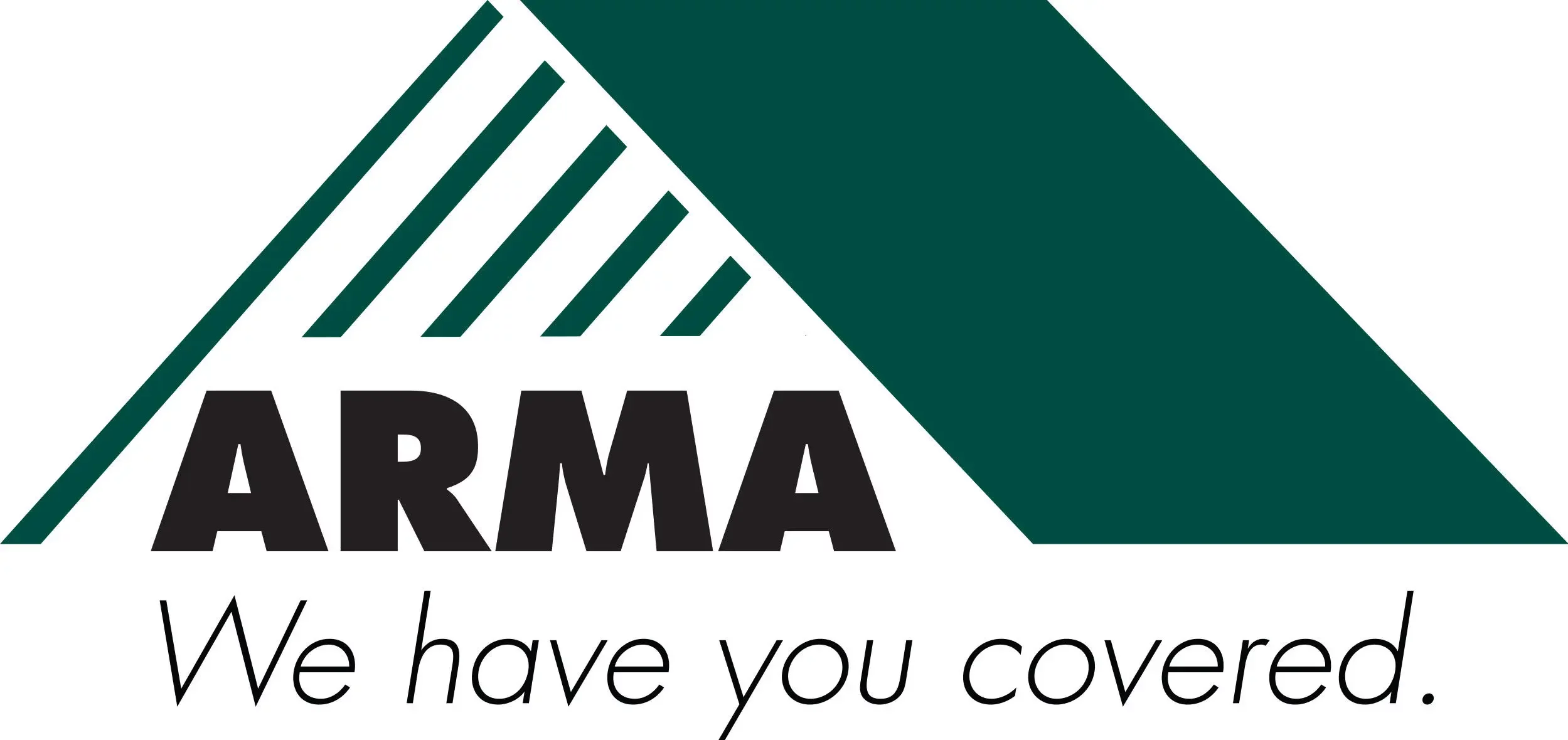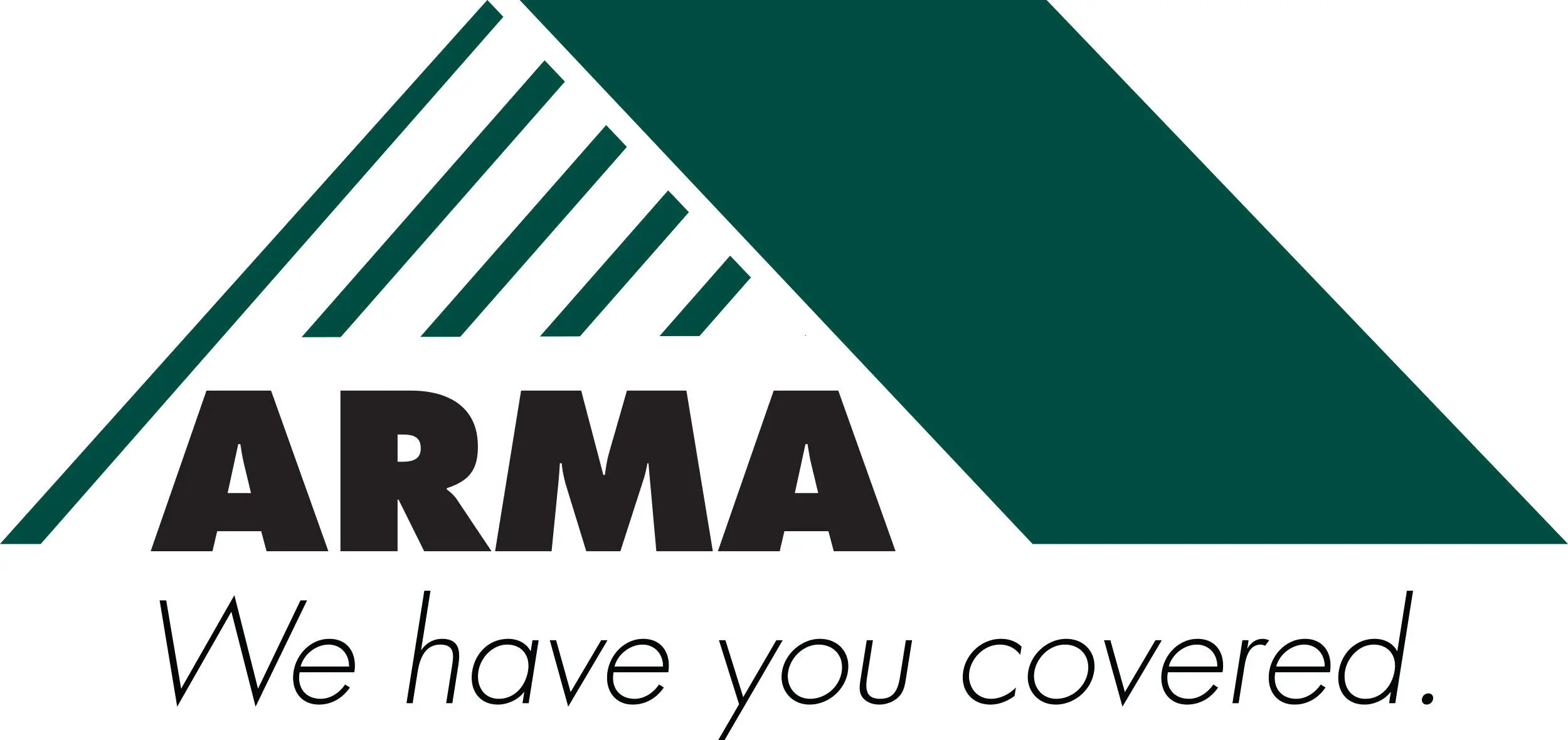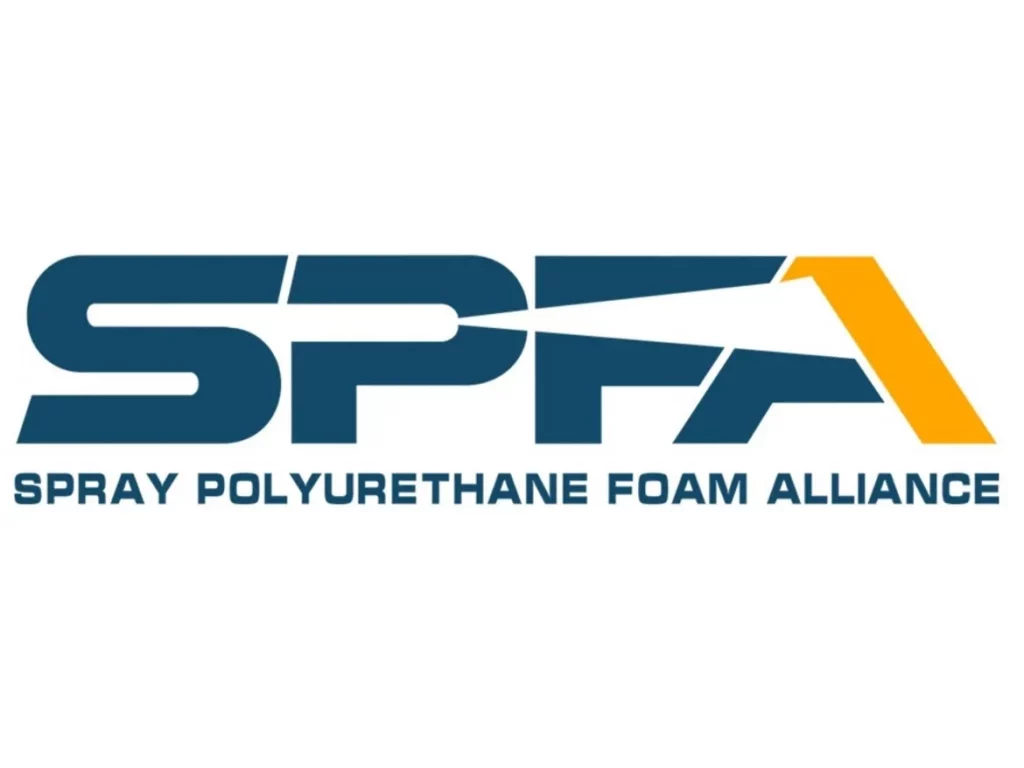In Wichita, insulation should be replaced with spray foam when existing material shows signs of moisture damage, pest infestation, visible gaps, or declining thermal performance especially in older homes or buildings over 20 years old. Spray foam is a durable solution that provides both insulation and air sealing, which is particularly effective in Kansas’s variable climate with humid summers and cold winters.
Many property owners don’t realize how often aging insulation underperforms due to compression, settling, or exposure to moisture. Solutions like spray foam air barriers eliminate these weaknesses by forming an air-tight seal that resists moisture and air infiltration. This article offers detailed guidance based on field experience, climate-based factors, material specs, and building science to help you determine the right time to make the switch.
Signs That Insulation Replacement Is Necessary
Old insulation materials like fiberglass or cellulose may retain moisture, compress over time, or become homes for rodents. If your home feels drafty, your energy bills are climbing, or the attic smells musty, these are clear red flags.
Bonus Tip
Always inspect insulation after roof repairs or water leaks. Even minor moisture intrusion can reduce insulation effectiveness.
How Spray Foam Performs Compared to Traditional Materials
| Feature | Fiberglass Batt | Cellulose | Spray Foam (Open-Cell) | Spray Foam (Closed-Cell) |
|---|---|---|---|---|
| R-Value per Inch | 2.2–3.8 | 3.2–3.8 | ~3.6–3.9 | ~6.0–7.0 |
| Moisture Resistance | Low | Moderate (treated) | Moderate | High |
| Air Sealing Capability | Poor | Moderate | Excellent | Excellent |
| Pest Resistance | Poor | Poor | Good | Excellent |
| Longevity (years) | 10–25 | 20–30 | 50+ | 50+ |
| Application Method | Laid in rolls | Blown-in | Sprayed | Sprayed |
Technical Data for Spray Foam Applications
| Specification | Open-Cell Foam | Closed-Cell Foam |
|---|---|---|
| R-Value (per inch) | 3.6–3.9 | 6.0–7.0 |
| Permeability (perm-in) | ~16 | ~1 |
| Expansion Rate | 100x | 30–40x |
| Water Absorption | Higher | Very low |
| Structural Strength Contribution | Minimal | Moderate |
| Sound Dampening | High | Moderate |
| Typical Application Areas | Interior walls, ceilings | Attics, crawlspaces, exteriors |
Source: Spray Polyurethane Foam Alliance (SPFA); U.S. Department of Energy
Wichita Climate Considerations
Wichita experiences wide seasonal temperature swings, from below-freezing winters to 100°F+ summer days. This stresses traditional insulation systems and creates opportunities for thermal leakage. Spray foam’s air-sealing capacity is especially effective in reducing HVAC cycling, which directly cuts energy costs.
Market Data Insight: According to the U.S. Energy Information Administration, Kansas homeowners spend more on heating and cooling compared to the national average due to local climate variations. Replacing old insulation with spray foam can reduce energy usage.
Things to Consider Before Making a Decision
- Building Age: Homes built before 2000 often lack airtight construction. Foam can correct thermal bridging and gaps.
- Existing Material Condition: Mold, discoloration, or crumbling indicate failure.
- Budget vs ROI: Spray foam has higher upfront cost but lower lifetime energy expenses.
- Moisture Concerns: Closed-cell foam adds moisture resistance, ideal for basements and crawlspaces.
- Access Points: Difficult-to-reach spaces benefit most from spray application.
Bonus Tip
Don’t overlook rim joists and ductwork. These areas often account of energy loss but are commonly missed during retrofits.
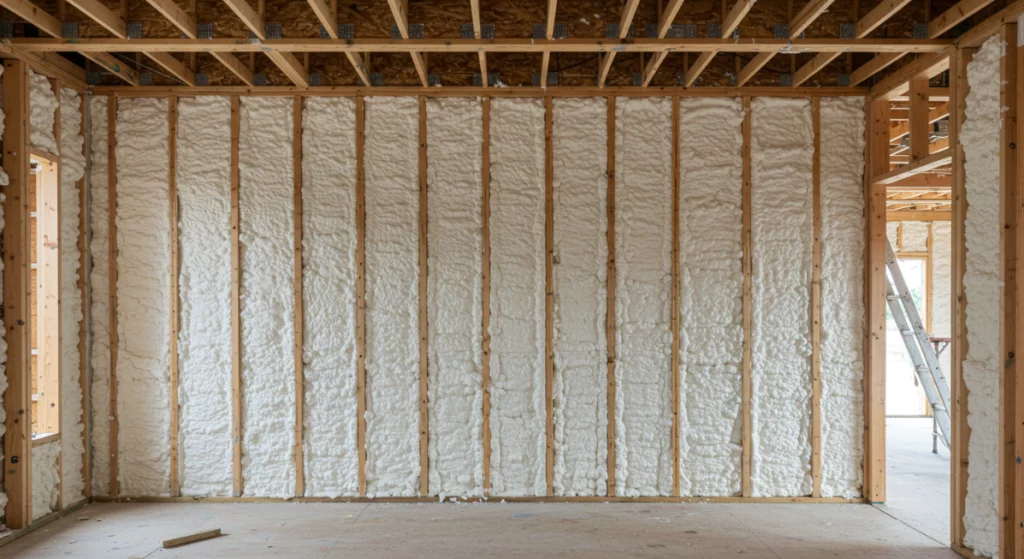
Services Arma Coatings of Wichita Offers for This Application
These insulation services address typical replacement needs across residential, agricultural, and commercial projects:
- Closed-Cell Foam Insulation Dense, water-resistant insulation ideal for high-humidity or structural reinforcement areas.
- Open-Cell Foam Insulation Flexible and sound-absorbent solution suited for interior wall cavities and ceilings.
- Residential Foam Insulation Custom applications for attics, walls, and crawlspaces in existing homes.
- Spray Foam Air Barriers Creates an integrated air-sealing layer, reducing HVAC load and controlling indoor humidity.
Common Questions About Replacing Insulation with Spray Foam
How long does it take to replace old insulation with spray foam?
Most residential applications are completed within 1–3 days, depending on area size and prep work.
Can spray foam be applied over existing insulation?
In most cases, old insulation must be removed to ensure proper adhesion and effectiveness of the foam.
Is one type of spray foam better for retrofits?
Closed-cell is better where moisture or structural concerns exist. Open-cell is more suitable for interior walls and sound control.
Get Expert Insulation Guidance
For expert insight on replacing outdated insulation with spray foam in Wichita’s demanding climate, contact:
Arma Coatings of Wichita 📧 Email: [email protected] 📞 Phone: (316) 755-9100
Evaluate the condition of your insulation, your home’s energy use, and whether foam is the right fit for your space and goals.
FAQ
How often should insulation be evaluated for replacement?
Every 10–15 years, or after any water leak, pest infestation, or roof repair.
What’s the typical lifespan of spray foam insulation?
With proper application, both open- and closed-cell foam last over 50 years without significant degradation.
Can spray foam cause moisture problems?
Not when properly installed. Closed-cell foam actually prevents moisture ingress and is ideal for damp areas.
What prep work is needed before applying spray foam?
Removal of old materials, sealing entry points for pests, and ensuring surfaces are dry and accessible.
Is spray foam safe indoors?
Yes. Once cured, it is inert and does not emit harmful gases. Ensure proper ventilation during installation.

